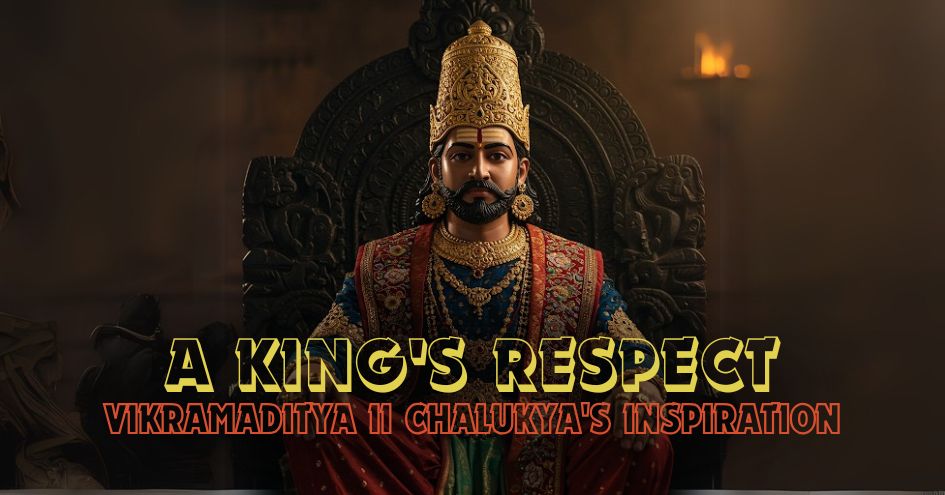
Bhogar, the Jñana Guru of Babaji, played a pivotal role in the creation of the idol in the Palani Temple, fashioned from Nava Pashana to endure till the end of Kaliyuga. In his poetic work, "Bhogar Jñāna Sagarama," Bhoganāthar reveals his Tamil identity and credits the great Siddha Kalangi Näthar for initiating him into Jnana Yoga.
Kalangi Näthar, hailing from Kasi, achieved swarūpa samādhi at 315 years old and later made China the center of his teachings, representing the ancient Nava Näth tradition linked to Lord Shiva. Meanwhile, Bhoganathar dedicated himself to Kundalini Yoga, with the final stage of his practice taking place on Palani Malai in present-day southwestern Tamil Nadu, where he attained swarūpa samādhi through the grace of Lord Muruga.
The Palani Kumaraswami temple became the focal point of Bhoganathar's activities. He astrally and physically visited numerous countries, including China, where he claimed to have flown in an airplane he constructed. In 3102 BC, just before the onset of the present Kali Yuga, he convened a meeting of Siddhas to choose Bhakti Yoga as the best means for spiritual progress, and he was entrusted with defining rituals for the worship of their favored deity, "Palani Andavar."
To ensure the idol's longevity throughout Kali Yuga, Bhoganathar crafted it from a unique substance called Nava Pashana, consisting of nine secret herbal and chemical ingredients. This composition, harder than granite, remains a mystery to date, sublimating when heated. Rituals developed by Bhoganathar, involving bathing the idol with various substances, continue to be followed, enhancing spiritual progress for devotees.
Upon entering a 3,000-year seclusion, Kalangi Näthar telepathically summoned Bhoganathar from Tamil Nadu to China to continue his mission. After being instructed in Siddha sciences, Bhoganathar, along with his disciples, traveled back to Tamil Nadu, visiting shrines along the way. He introduced Chinese salts and chemistry upon his return, leaving a lasting impact on the region.
Bhoganathar later handed over his teaching mission to Pulipani and, after performing tapas at various locations, attained swarūpa samādhi in Palani. Notably, during the construction of the Brihitiswarar Shiva Temple in Tanjore around 900 AD, Bhoganathar advised builders on a remarkable engineering feat to raise the eighty-ton capstone.
Atop Palani Hill, Bhogar's crafted idol stands as a testament to his deep spiritual practices, with an opening in the Earth leading to a cave where he performed austerities. The entrance, sealed by his disciple Pulipani, symbolizes Bhogar's eternal meditation, watching over time in the darkness of the cave, as faithful descendants continue to uphold his legacy.
 Dakshinamurthy is a scholar and researcher of Indic themes and a contributing writer of The Verandah Club
Dakshinamurthy is a scholar and researcher of Indic themes and a contributing writer of The Verandah Club
NEXT ARTICLE

Indian History is rife with conflict between kings for power, territory and regional supremacy. We have seen instances where kings have made it a poin...

"Saare Jahaan Se Accha, Hindustan Hamara!"These immortal words, spoken by Squadron Leader Rakesh Sharma from the vast expanse of space in 1984, When t...

High in the rugged, unforgiving terrain of Jammu and Kashmir’s Reasi district, where the Chenab River slices through deep gorges and the Himalayas loo...